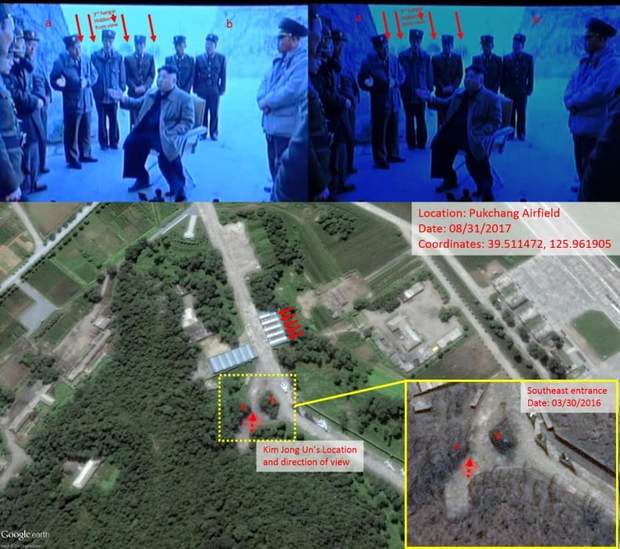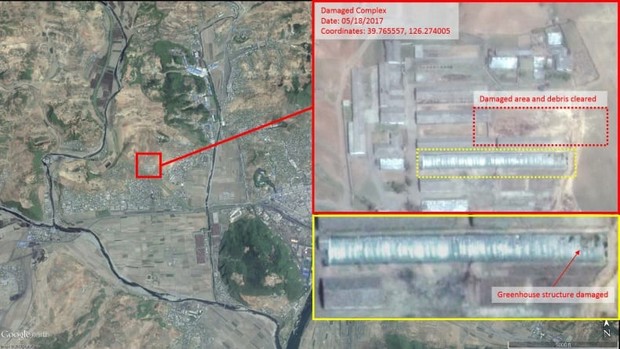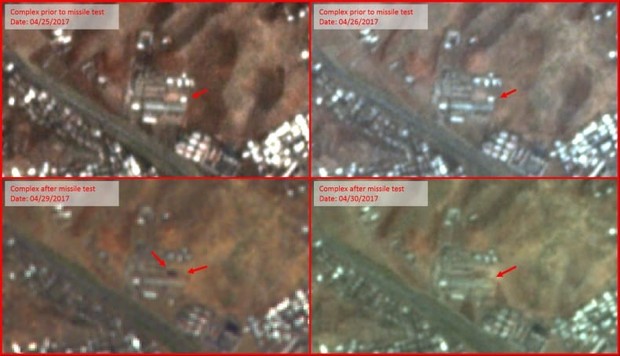
On April 28, the North Koreans tested what was billed as a new variety of ballistic missile. Like so much North Korean engineering, it was suboptimal:
North Korea launched a missile on Saturday, even as the United States and China have been seeking to curb the North’s military ambitions. But the test ended in failure, the South Korean military said. It was the second consecutive failure in the past two weeks.
The missile took off from a location near Pukchang, northeast of Pyongyang, the North Korean capital, the South Korean military said in a statement. It did not identify what type of missile was launched.
Cmdr. Dave Benham, a spokesman for the United States Pacific Command, said the American military had “detected what we assess was a North Korean missile launch” from near the Pukchang airfield.
“The missile did not leave North Korean territory,” Commander Benham added. “The North American Aerospace Defense Command determined the missile launch from North Korea did not pose a threat to North America.”
The missile flew only “for several minutes” to the northeast, reaching an altitude of 44 miles, the South Korean military said. It provided no further details.
Now we have more information. Showing that you don’t have to be the CIA to do competent analysis anymore, a series of North Korean images were geolocated.
Using the images of the April 28 test from the Hwasong-14 ICBM celebration concert, we were able to geolocate one of the scenes to the southeastern entrance of of the underground hangar at the Pukchang Airfield. The scene above shows Kim Jong-un inspecting the new IRBM in an underground hangar (1), images of the launch and Kim Jong-un at his viewing position (2), and an image taken right outside of the underground hangar (3).

From this starting point, they were able to find the point of impact: the small city of Tokchon.

And it made a mess:


The authors of this piece try to portray this launch as some sort of a major success for Kim Jong Un. It wasn’t. It was a monumental failure. But, just like the Soviet analysts of a bygone era, the current crop of “arms control” researchers are so enamored with North Korea and so loathe the United States that everything is a success. The people on the ground on Takchon don’t think this was a success. The members of the ruling clique don’t think this was a success.
This blowing up of a North Korean town simply underscores much of what we’ve observed about the North Korean missile program. The reach is exceeding the grasp. The ambitions of the rulers outstrip the abilities of North Korean engineers and industry. Over eighty percent of their ballistic missile launches fail. To date, there has not been a successful test of a re-entry vehicle. None of this is to say North Korea is not a danger, it is, only to say that it is not the danger its fluffers would have you believe. And, of course, inevitably they will solve the manufacturing and engineering problems.
But there is a cautionary tale here. In the late 1970s, North Korea ran a national mobilization exercise that simulated going to war with the South. Western intelligence discovered it some six months after the fact. Here we have a ballistic missile falling on a populated area, and eight months later no Western intelligence agency has reported on it.
How much do we really know about what is happening in North Korea if this is the case?













Join the conversation as a VIP Member